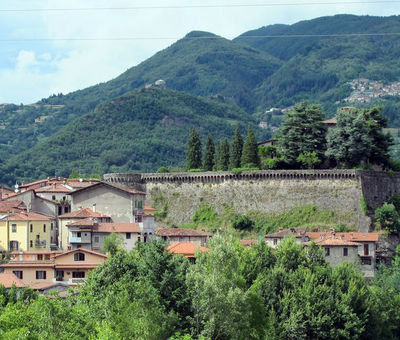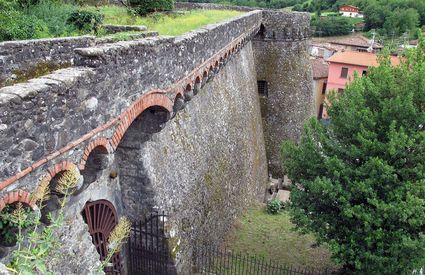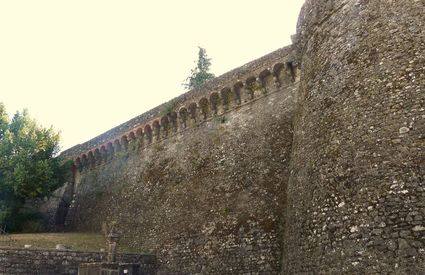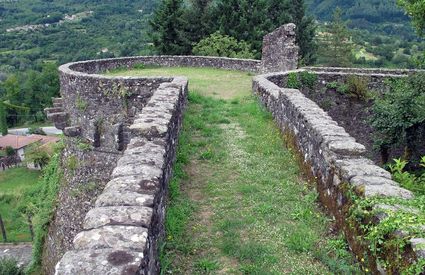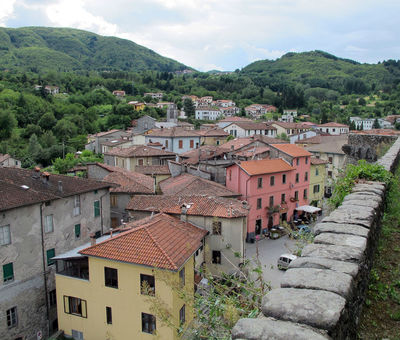An alternative to the Francigena
Having control over the roads has always been of paramount importance in history. This was the good fortune of Camporgiano in the municipality of Garfagnana, located on the right bank of the Serchio river.
The road that crosses it is the Via del Volto Santo, a branch of the Via Francigena that passes north of the Apuan Alps. It presents an alternative to the more typical route that was created in 990 by the Archbishop Sigerico while on his journey between Rome and Canterbury.
The sprite that brings the wind
"If you're not good, the buffardello will eat you."
You can still hear this threat doled out to children in the areas of Camporgiano and Garfagnana today.
The buffardello is one of the many sprites who frequents the tales and stories of this land. The mysterious figure is described in different ways but some features always recur. It’s a small creature, a sprite, dressed in red and with pointed shoes, with a spiteful but not necessarily bad character.
Sometimes he is described as a child, other times as an old man with a beard. It’s often compared to an animal and is associated with the wind, giving rise to another common saying in the area, "grab the buffardello" in the presence of a strong wind.


